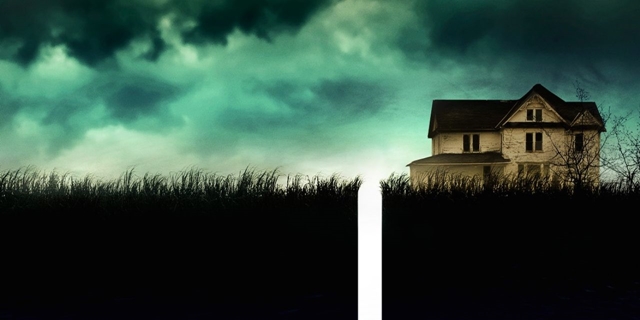Before Friday, January 15th, none of us knew about the existence of 10 Cloverfield Lane, at least not under that title. The trailer, which was attached to Michael Bay’s 13 Hours: The Secret Soldiers of Benghazi, dropped seemingly without warning, eliciting a plethora of theories, questions, and expectations from fans of the 2008 found footage monster movie Cloverfield.
For the last 8 years there have been rumors of a Cloverfield sequel. So when J.J. Abrams said that this film, directed by Dan Trachtenberg and co-written by Damien Chazelle, was intended to be a “blood relative” of Cloverfield, the internet snapped, crackled, and popped with excitement and speculation. After all, this film while in production for Bad Robot Productions was originally referred to under two alternate names — The Cellar and Valencia. Before the name change (or rather, the big reveal that these names were more or less code words), there was nothing about this project’s plot and style to tease its correlation to Cloverfield. Otherwise, this sequel/spin-off was hiding in plain sight. The plot involves a young woman (played by Mary Elizabeth Winstead) who is “saved” by a doomsday survivalist type (played by John Goodman) after she suffers a car accident. He tells her it is unsafe beyond the doors of his cellar-turned-bunker due to some kind of fallout (perhaps nuclear or chemical, ensuing from Cloverfield’s conclusion which involves a predictably drastic measure on the part of the military to eradicate the large monster that has terrorized New York City). But from all descriptions out there so far and from the trailer itself, it seems like she is determined to escape—no matter what horrors she may face outside. The style, likewise, deviates from Cloverfield’s in one key way—it is not shot in found footage style. (Trailer below)
Yes, 10 Cloverfield Lane and its marketing are begging many questions, such as: Is it simply set in the same universe? Is it set before or after the events of the first film? How does this film fit into the canon, mythos, and timeline of Cloverfield? But it is also undeniable that 10 Cloverfield Lane is begging far larger, more important questions: What does this sequel/spin-off say about the horror genre and our culture more broadly? And does that differ from what Cloverfield was saying about the horror genre and our culture back in 2008? Why does Cloverfield still matter to us today?
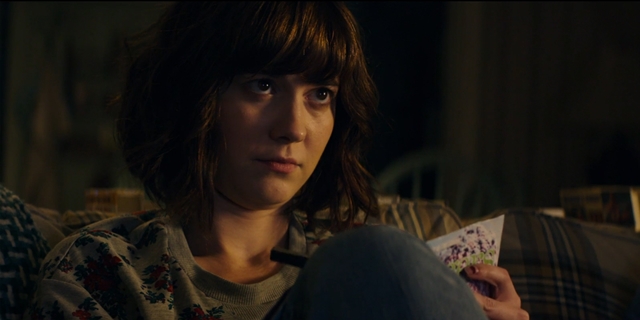
All of these questions are open to speculation (and the internet is proof of that). But the latter questions are far more interesting to examine than the nitty-gritty, as-of-yet unknowable details of the upcoming film. First, let’s take 10 Cloverfield Lane’s formal style. With recent horror successes like It Follows and You’re Next, the aesthetics of modern horror are clearly shifting (as they’ve always done before). This new wave of indie horror is characterized by films often shot on small budgets and which sometimes fit into larger movements within independent film (including most notably “mumblegore,” the horror faction of the indie mumblecore movement which is characterized by authentic, often improvised, dialogue and less-than-famous faces). And, many of these movies are very well received by critics. Cloverfield was a generally positively-regarded film, too—considered stylish and well-paced, Cloverfield remains one of the most interesting, entertaining, and ground-breaking uses of found footage filmmaking, as well as one of the earliest.
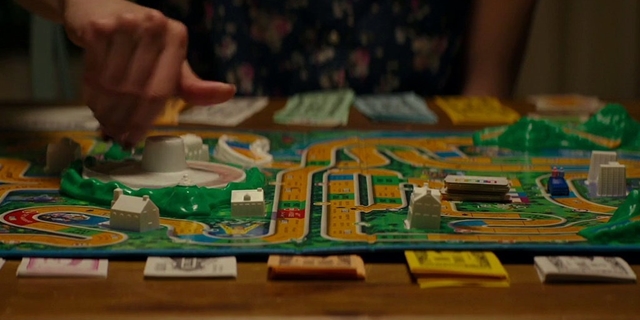
Today, we still get the occasional found footage release—especially with entry after entry of the Paranormal Activity franchise—but the found footage aesthetic has, for the most part, become a tired gimmick. But there’s again something else at play—not only has the found footage style become a worn out technique, but it’s also a technique that seems less crucial, less vital, and less relevant. One can easily argue that found footage peaked when many of the mobile media technologies it presents were new and therefore particularly rife with anxieties over the authenticity of images and the potential for mediation of terror. With the exception of recent found footage films The Den and Unfriended, which do focus the found footage form toward issues of our online interactivity and preoccupations with social media, most found footage films now do not play with the technique nearly enough to be visually interesting, nor do they use the technique to offer any kind of reflection upon such societal apprehensions.
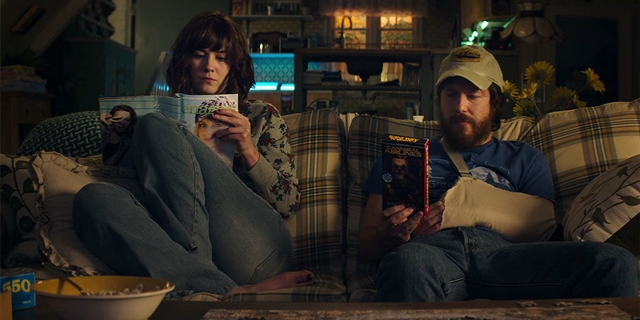
Surely the average moviegoer isn’t always aware of or particularly paying attention to allegorical connections when seeing a found footage horror film. But found footage by its very nature offers hyper-realism and a way for audiences to consider and vent anxieties about mobile media technologies, and how those technologies relate to themes and experiences of terror. 10 Cloverfield Lane, in addition to employing a more slick, stylish, intimate look and feel than the shaky cam tracking shots of monsters and mayhem of its predecessor, seems also to be playing with very different themes: of paranoia, apocalypse, and abduction. Cloverfield was, in every respect, born out of specific post-9/11 fears—its marketing featured a headless Statue of Liberty, and the film is filled with smoke and destruction and confusion much like news footage of the September 11th attacks. 10 Cloverfield Lane seems to be using modern indie horror tropes to tell a story that is, in a sense, more timeless than Cloverfield’s, and yet, given its connection to Cloverfield, I’d be surprised if those topics and any others that might still emerge are not somehow included among the snowballing apprehensions within American politics and society over the last 15 years.
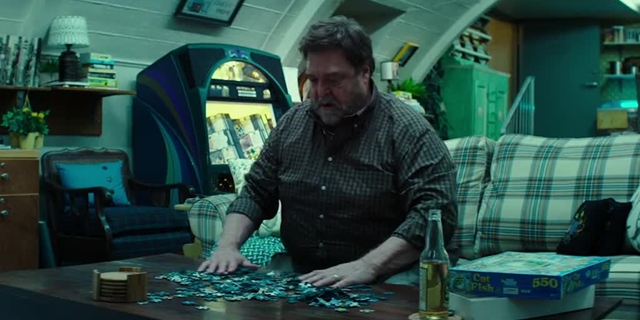
So it definitely matters that 10 Cloverfield Lane is a “blood relative” of Cloverfield. It matters that its trailer, with its tongue-in-cheek music choice and blueish hues, was not marketing The Cellar or Valencia but rather a cleverly disguised follow-up to a film that still matters to us. As little as we currently know about 10 Cloverfield Lane, and as different as it seems to be from Cloverfield aesthetically, narratively and thematically, the decision to make this story a “blood relative” was a smart one (down to the very delaying of releasing the actual title, a secretive marketing plan the likes of which only Abrams can pull off these days), if for no other reason than for the sense of allegorical purpose that this connection might imbue. The reason Cloverfield captured the imaginations of so many moviegoers and scared us all so effectively when it came out, is because of the way its imagery and aesthetics harkened back to 9/11. I think the reason we all still care about the 2008 film even now is the way it replicated reality for us and shook us to our core all over again in the form of a tangible, terrible monster, and the way we still seek answers about that fiction to this day, in the same way that so many people sought answers about the real terror that had hit Manhattan just a few years prior to this film’s release. That search for answers has sustained a fan-base who, for years, have speculated and gone beyond the text to form metanarratives about the Cloverfield monster. Whether 10 Cloverfield Lane will give us those answers though, or provide context, or continue to complicate the larger story, we’ll just have to find out when the film is released this March.

